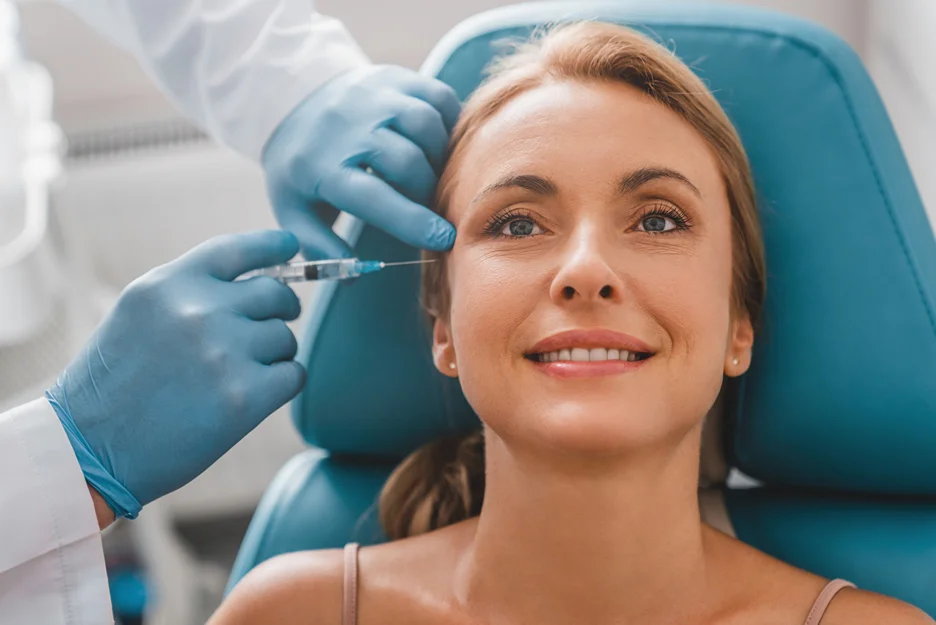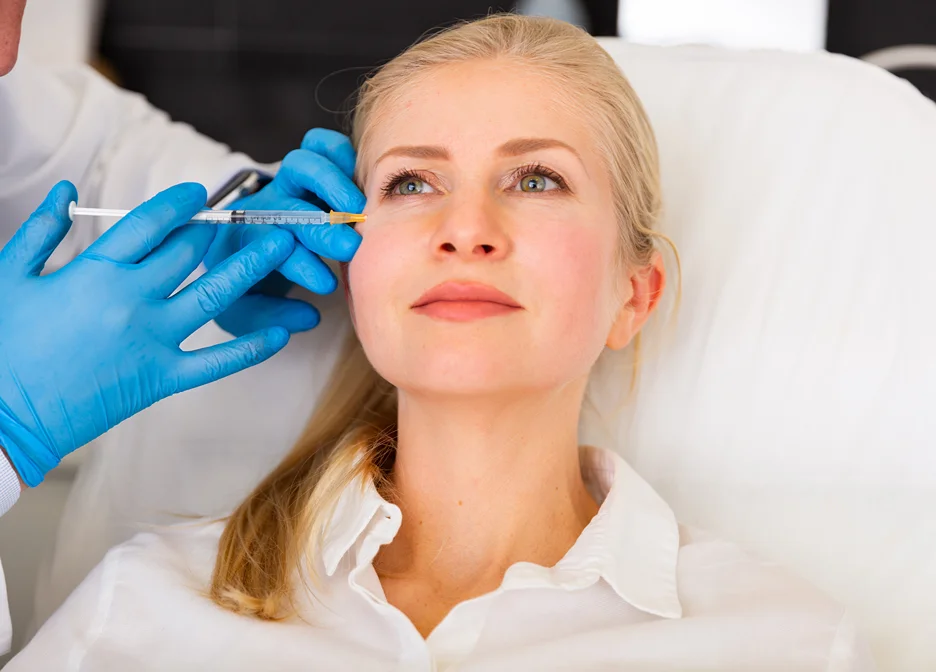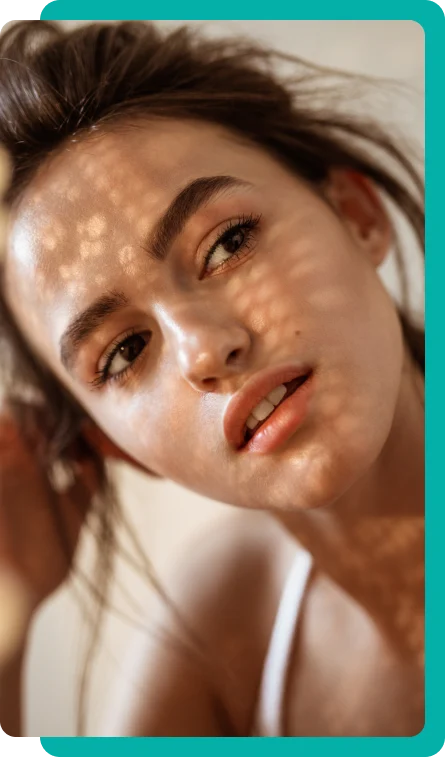Dermal fillers are gel-like substances injected under the skin to add volume and smooth out wrinkles. Most contain hyaluronic acid, which occurs naturally in the body.
When injected, fillers plump the skin by attracting water and providing hydration. The effects are temporary, usually lasting 6 to 12 months before dissolving.
As we age, our faces naturally lose volume, especially in the cheek area, leading to a sunken or hollow appearance. Many people choose to get cheek fillers to:

Cheek fillers can cause puffiness or swelling in the under-eye area if the filler migrates or is placed too close to the lower eyelid region, emphasizing fine lines when smiling.
When administered correctly by an experienced injector, cheek fillers should not directly cause new wrinkles or lines under the eyes. Proper placement in the upper cheek area, away from the eyelid, helps minimize risk.
Cheek fillers alone may not make smile lines worse, but restoring lost cheek volume with fillers seems important to fully address smile lines caused by tissue descent.
Combining cheek fillers with other treatments like nasolabial fold or marionette line fillers provides the best chance of improving smile lines.
Besides fillers, other factors can cause under-eye lines over time, such as:
Common reasons for more lines under your eyes when you smile:
Repetitive facial expressions like smiling or squinting can lead to fine lines over time. The repeated muscle movement contributes to their appearance.
Aging. As you age, the skin around your eyes naturally loses collagen and elastin, making it thinner and less able to snap back after facial movements. This accelerates the appearance of lines that were previously only visible when smiling or making expressions.
Sun exposure. Unprotected sun exposure can damage the delicate skin around the eyes and break down collagen, promoting the formation of permanent lines and wrinkles.
Lifestyle factors. Smoking breaks down skin collagen. Poor nutrition and inadequate hydration, antioxidants, and vitamins affect the skin's ability to withstand repetitive movements.
Smile lines aren't "bad," but a natural result of living an expressive, happy life.
Cosmetic procedures like fillers can reduce smile lines, but avoiding smiling to prevent them is not recommended and could have negative psychological effects.
Genetics can influence it, but most people notice the first smile lines in their late 20s to 30s. The lines deepen with age into middle age and beyond.
Smile lines, also known as nasolabial folds or laugh lines, are generally reversible through various treatments.
Common treatments for reversing smile lines include dermal fillers and laser treatments.
Hyaluronic acid fillers can reduce smile lines by adding volume and smoothing the skin. The effects are immediate and can last 6-12 months before additional treatments.
Yes, retinol can reduce smile lines:
To minimize under-eye issues with cheek fillers, choose a highly qualified provider. Look for a board-certified dermatologist or plastic surgeon with extensive filler injection experience. Ask to see their before-and-after photos and read patient reviews.
Skilled injectors know precise filler placement is crucial to avoid complications. Cheek fillers should go in the upper cheek area, not too close to the lower eyelid or tear trough. The filler type and amount should be customized to your facial anatomy. Advanced techniques, like using a microcannula instead of a needle, can minimize swelling and product migration.
Cheek fillers may not fully address under-eye concerns. In these cases, combining treatments could be recommended for comprehensive rejuvenation.
Under-eye filler (tear trough filler) can plump up hollows or dark circles. Resurfacing lasers or chemical peels can improve skin texture and minimize lines.
Botox injections can smooth crow's feet and dynamic wrinkles caused by muscle movements.

Right after getting cheek fillers, there are things you can do to minimize swelling and promote healing:
To ensure your cheek fillers look great for as long as possible, take care of your skin:
A good skincare routine can make a big difference. Use a gentle cleanser, a suitable moisturizer, and stay hydrated by drinking plenty of water.
The sun can be tough on your skin, especially after fillers. Use SPF 30 sunscreen daily, even when it's cloudy. Wear a hat and sunglasses if you'll be outside for a while.
Cheek fillers don't last forever. To maintain your look, you'll likely need touch-ups every 6-12 months. Your injector can help you decide the best timing based on the filler type and your skin's response.
Cheek fillers may not be enough. Your doctor might suggest other treatments like lasers or chemical peels to help your skin produce more collagen and look smoother.
Cheek fillers restore face volume and reduce smile lines. Choosing the right injector and proper aftercare can prevent issues like under-eye lines. Every face is unique, so consult a qualified professional for the best treatment plan.

New Patients Enjoy $100 OFF on Tox or Filler Appointments!
*minimum 1 full syringe or minimum 25 units; Cannot be combined
